Description
Glycerol: A Versatile Compound Shaping Industries and Daily Life
Glycerol, also known as glycerin or propane-1,2,3-triol, is a ubiquitous and versatile organic compound that plays a critical role in a diverse range of industries and even our daily lives. This simple trihydric alcohol, characterized by its sweet taste and syrupy consistency, is far more than just a sweetener. Its unique chemical properties make it an indispensable ingredient in everything from pharmaceuticals and cosmetics to food and biofuels.
Understanding Glycerol’s Chemical Character and Production:
Glycerol’s chemical structure, with three hydroxyl (OH) groups, is the key to its diverse applications. These hydroxyl groups allow glycerol to form hydrogen bonds with water, making it highly soluble and contributing to its humectant properties (ability to retain moisture). It is a colorless, odorless, viscous liquid with a high boiling point and is generally considered non-toxic.
Historically, glycerol was primarily obtained as a byproduct of soap manufacturing, specifically from the saponification process where fats and oils are reacted with alkali. Today, with the rise of biofuels, specifically biodiesel, glycerol has become an even more abundant byproduct. The transesterification process used to produce biodiesel yields glycerol as a significant co-product, leading to both opportunities and challenges in managing this excess supply. Furthermore, glycerol can also be produced synthetically from propylene.
A Multitude of Applications:
The versatility of glycerol stems from its unique chemical properties, enabling its use in numerous applications across various industries:
- Cosmetics and Personal Care: Glycerol’s humectant properties make it a popular ingredient in moisturizers, lotions, soaps, and other personal care products. It draws moisture from the air and binds it to the skin, keeping it hydrated and supple.
- Pharmaceuticals: Glycerol is used as a solvent, humectant, and emollient in various pharmaceutical formulations. It can be found in cough syrups, suppositories, and topical creams. Its non-toxic nature makes it safe for internal and external use.
- Food Industry: Glycerol is used as a sweetener, humectant, and solvent in the food industry. It can be found in baked goods, candies, and processed foods. Its ability to retain moisture helps prevent drying and prolongs shelf life.
- Biofuels: As mentioned earlier, glycerol is a significant byproduct of biodiesel production. While its abundance has presented challenges, research is ongoing to explore its potential as a feedstock for other valuable chemicals and biofuels, contributing to a more sustainable bio-economy.
- Industrial Applications: Glycerol is used in the production of various industrial products, including antifreeze, explosives (specifically nitroglycerin, a key component of dynamite), and polymers. Its ability to lower the freezing point of water makes it effective as an antifreeze agent.
Challenges and Future Directions:
The increasing availability of glycerol, particularly as a byproduct of biodiesel production, has led to a surplus in the market. This surplus has driven down prices and presented challenges in finding suitable outlets for glycerol. However, this glut of glycerol has also spurred innovation and research aimed at converting it into more valuable products.
Researchers are actively exploring various pathways to transform glycerol into a range of chemicals, including:
- Propylene glycol: A versatile chemical used in antifreeze, unsaturated polyester resins, and food additives.
- Acrolein: A valuable chemical intermediate used in the production of acrylic acid and other polymers.
- Bio-plastics: Utilizing glycerol as a building block for biodegradable plastics, offering a sustainable alternative to traditional petroleum-based plastics.
Conclusion:
Glycerol is a truly remarkable compound with a wide range of applications. From keeping our skin hydrated to powering our vehicles, its versatility continues to shape industries and improve our daily lives. While the increasing availability of glycerol presents challenges, it also fuels innovation and research, paving the way for a more sustainable and resourceful future. As research and development efforts continue to unlock the full potential of glycerol, we can expect to see even more creative and innovative applications emerge in the years to come.


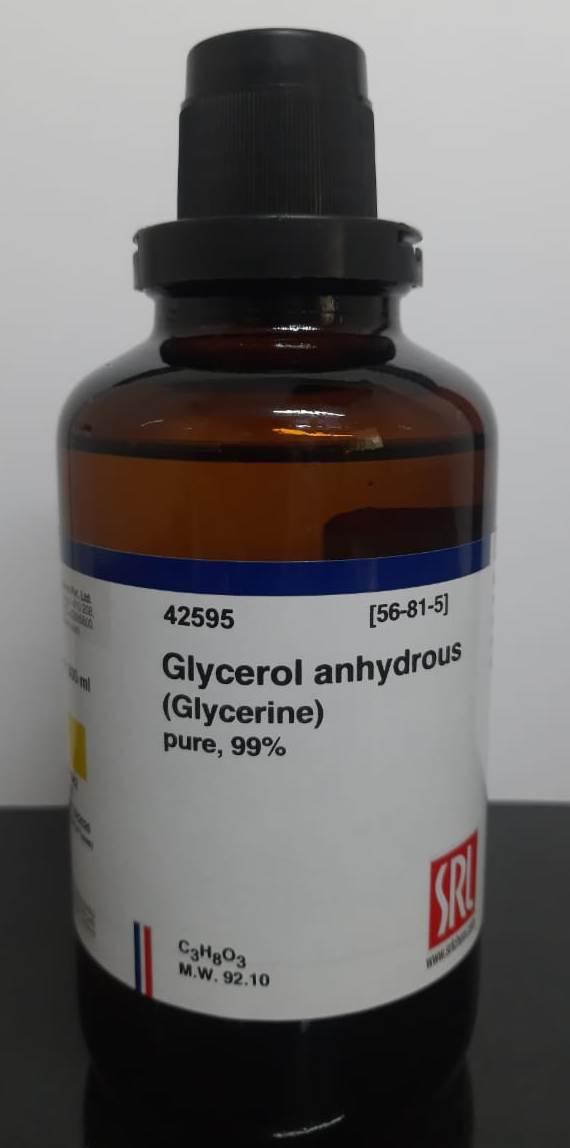
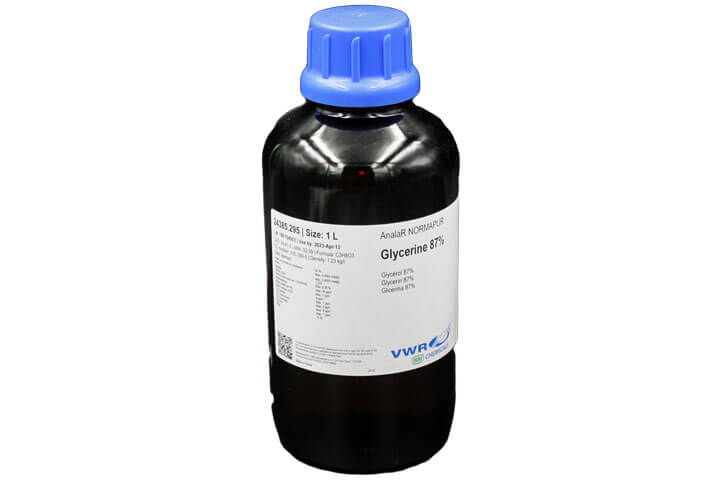
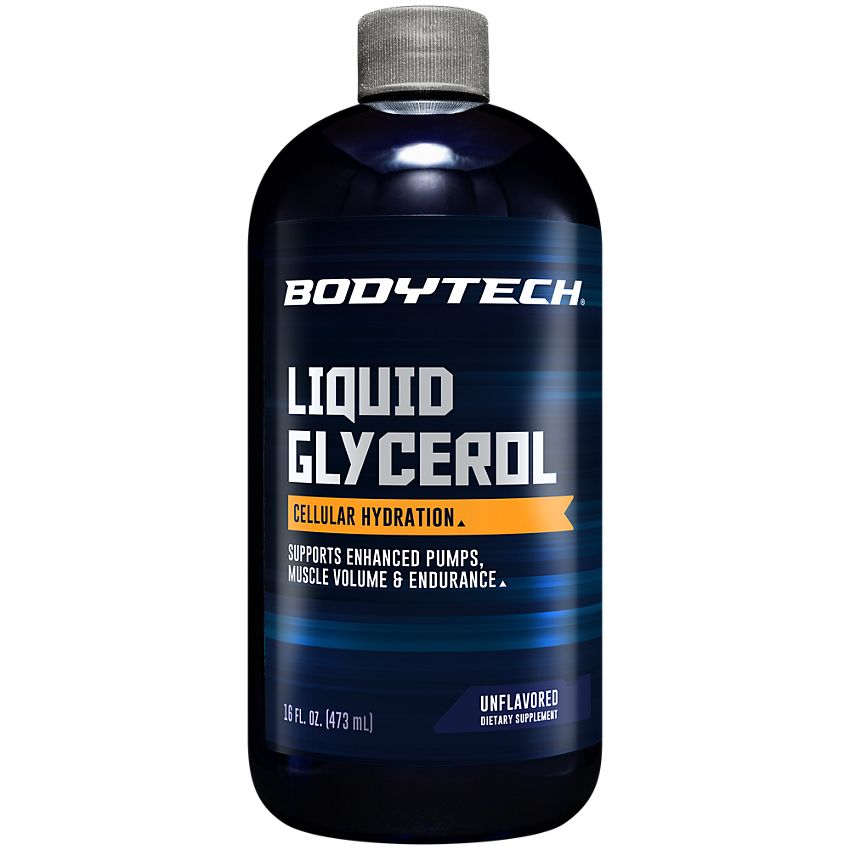
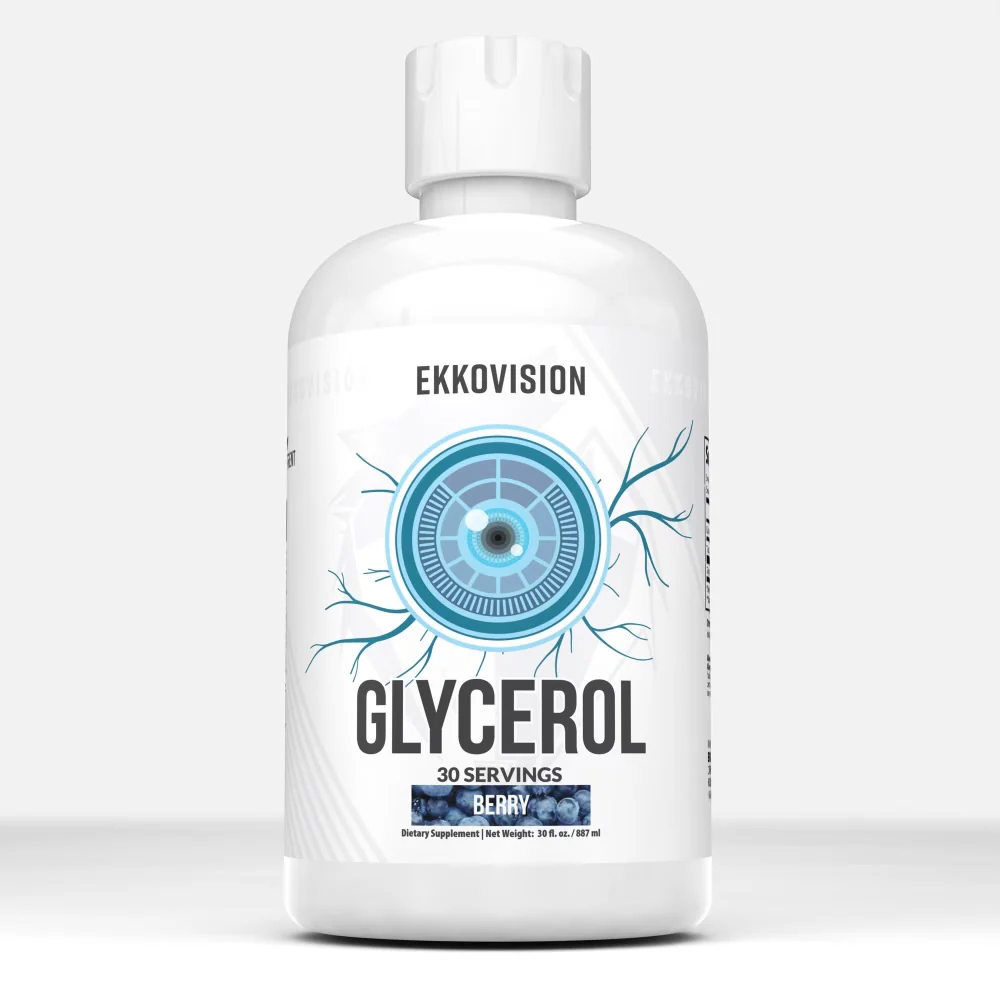
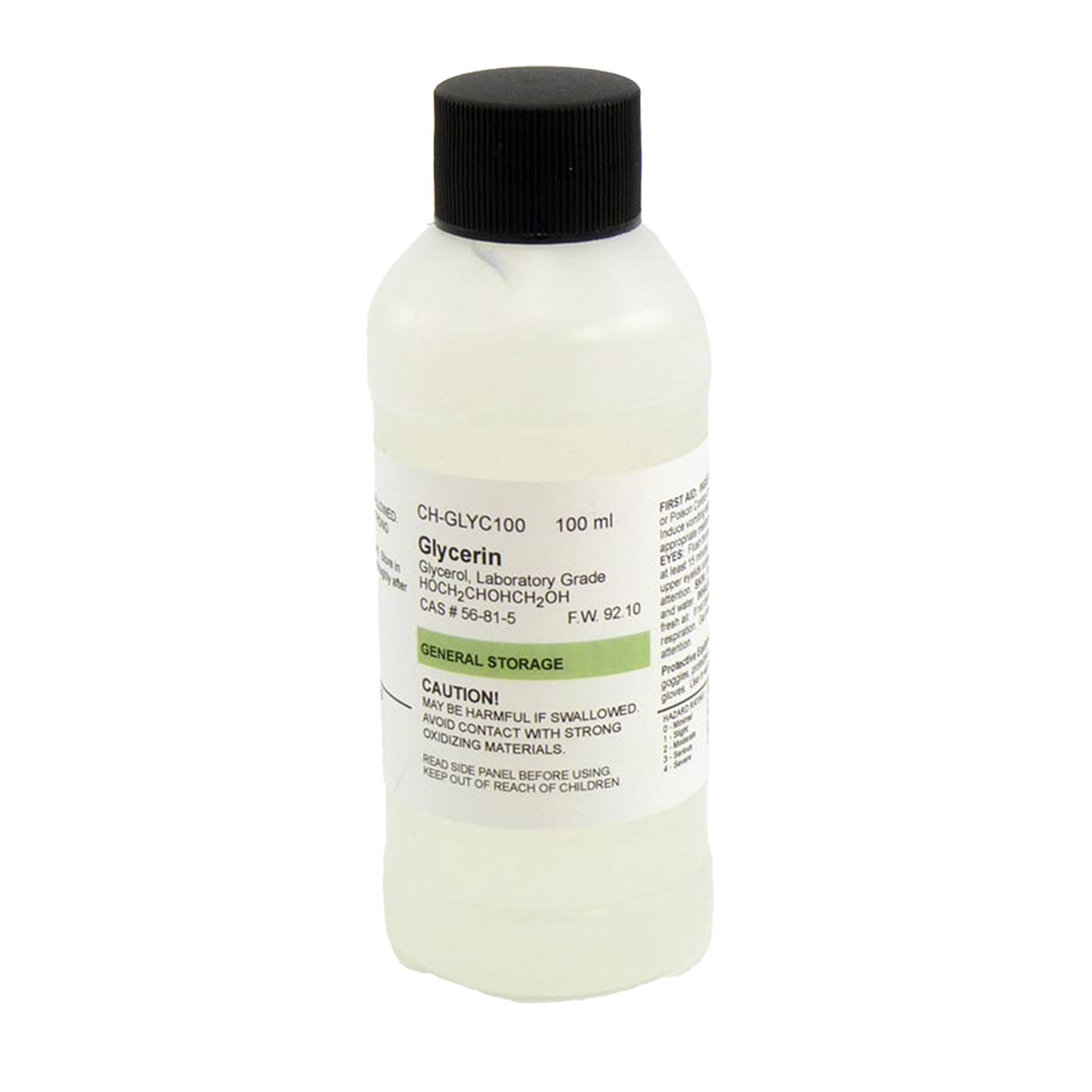
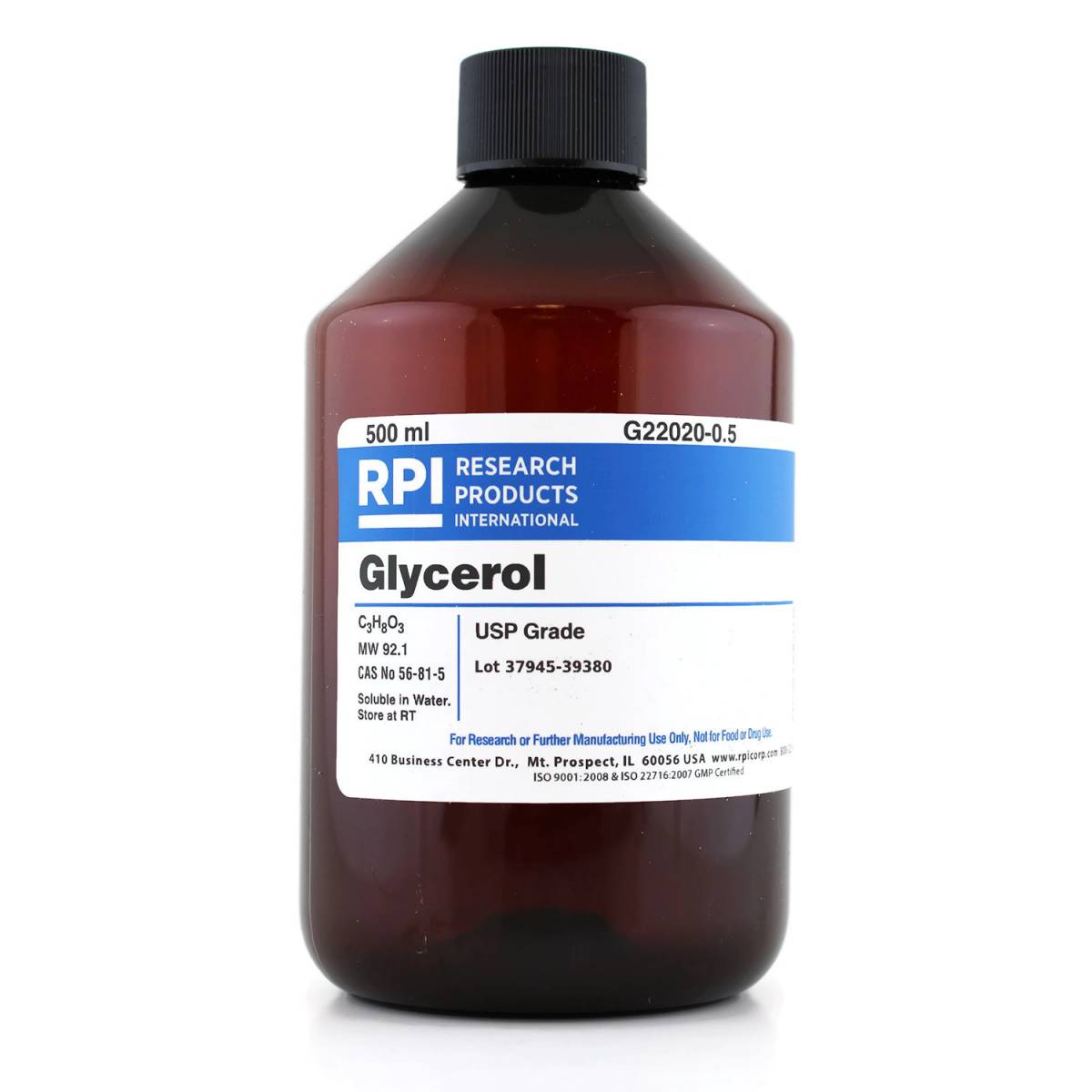


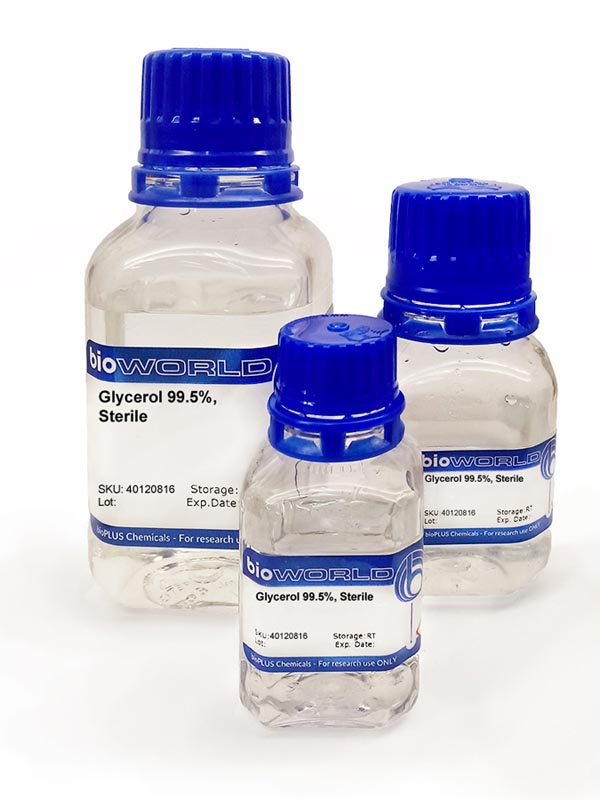
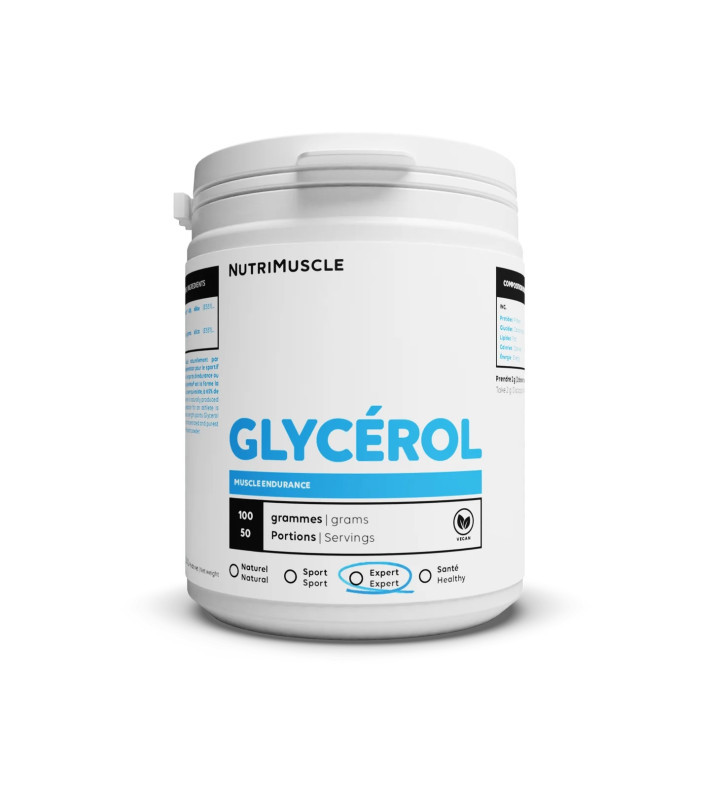
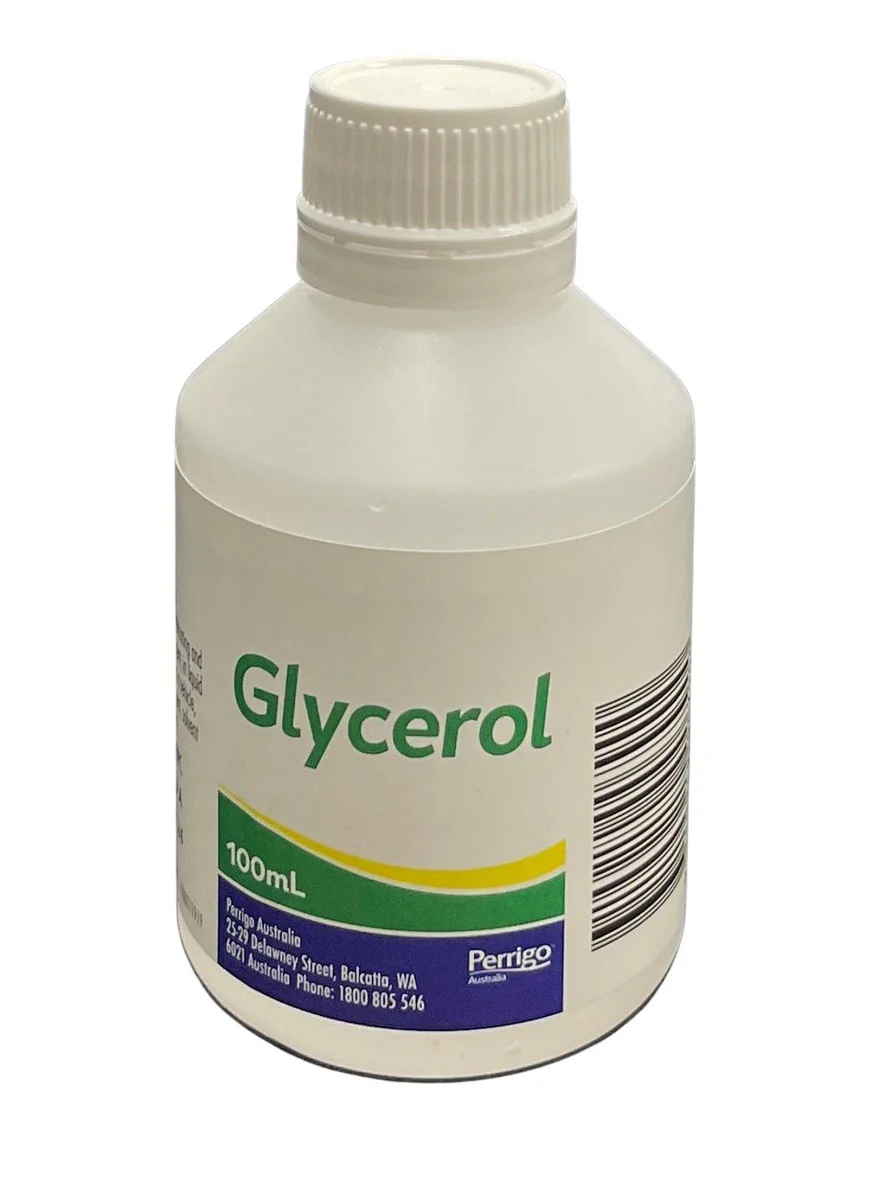

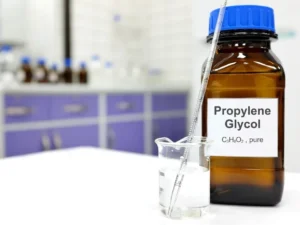


Reviews
There are no reviews yet.